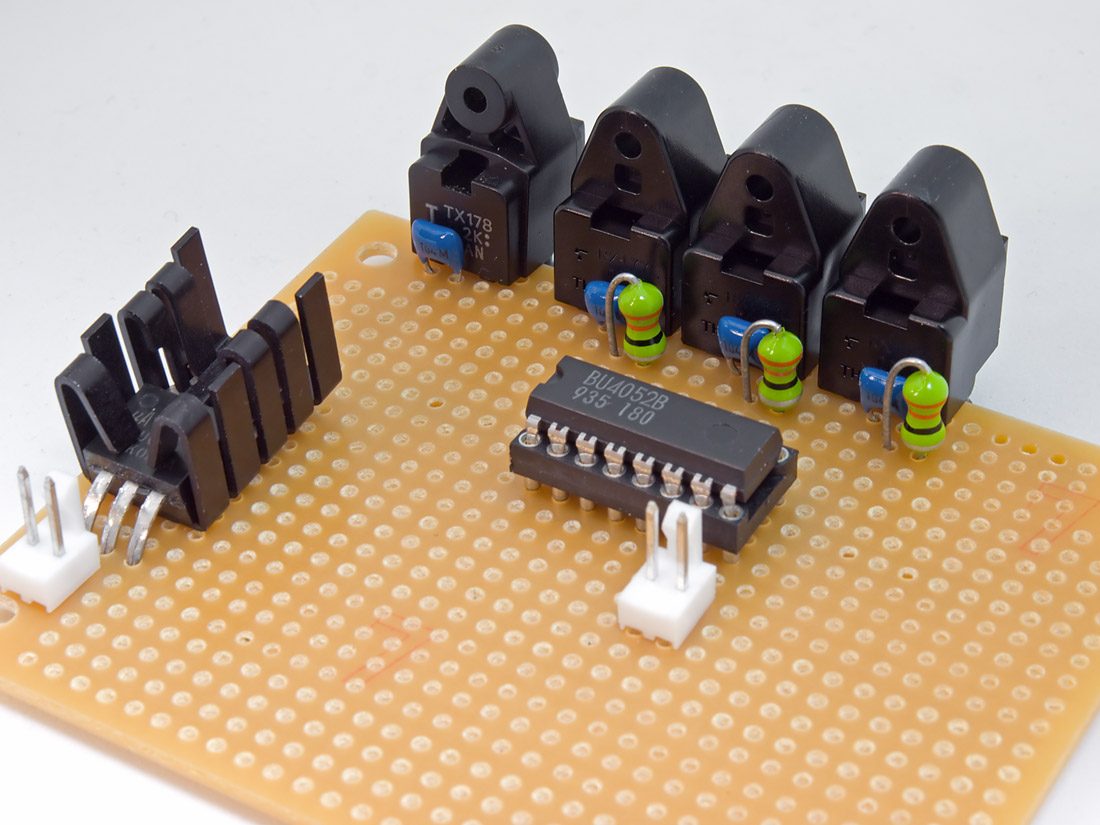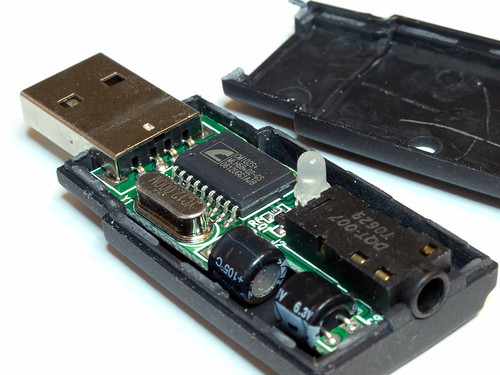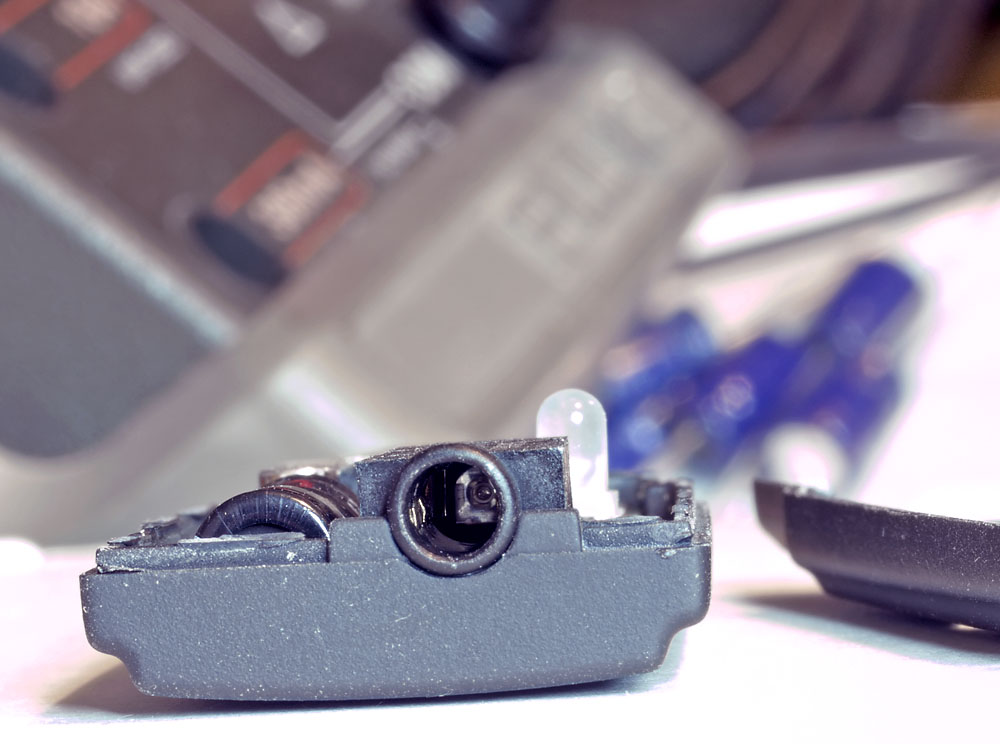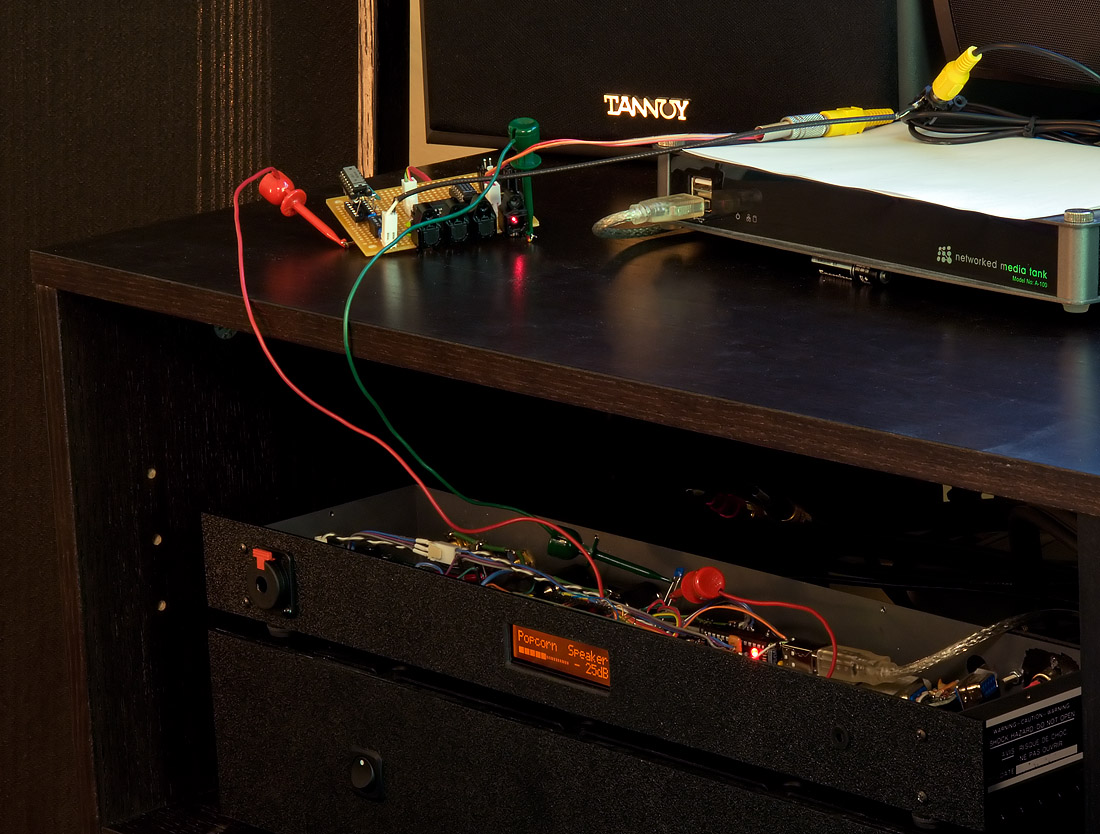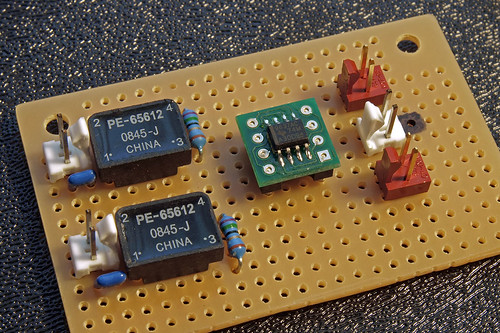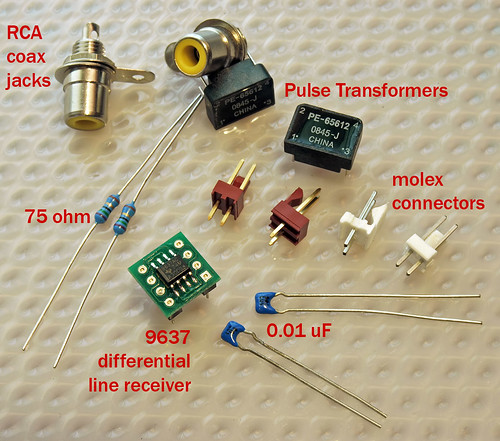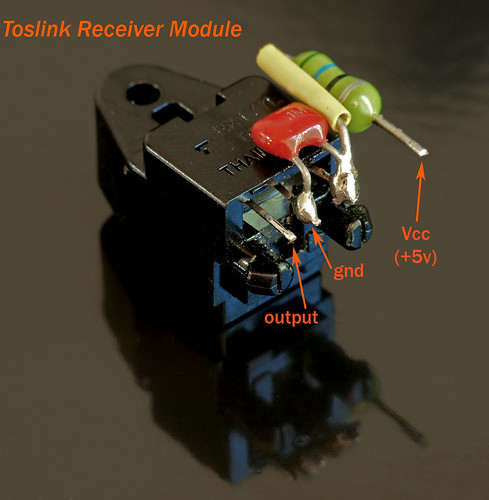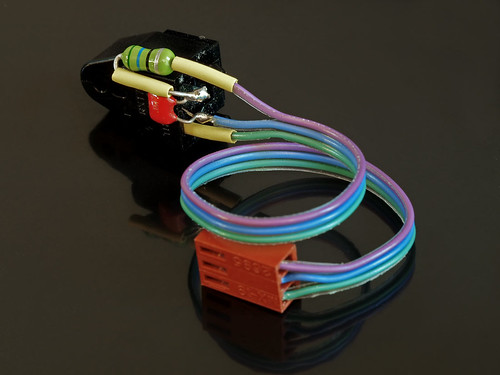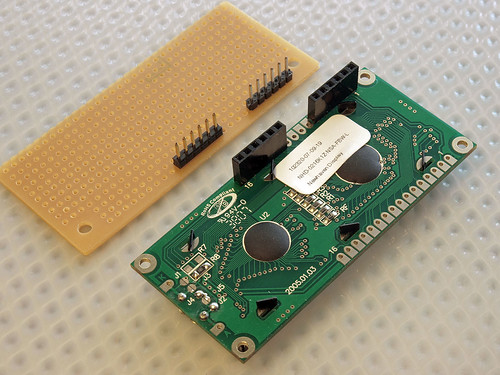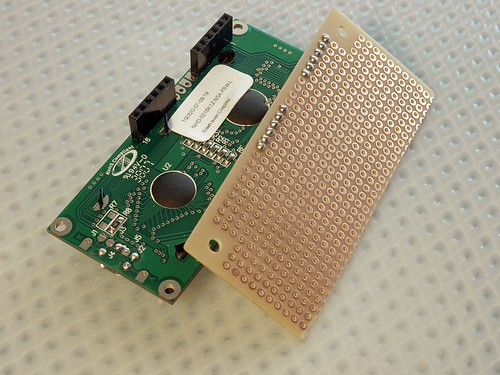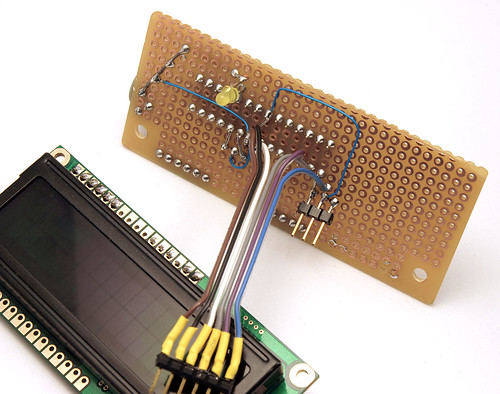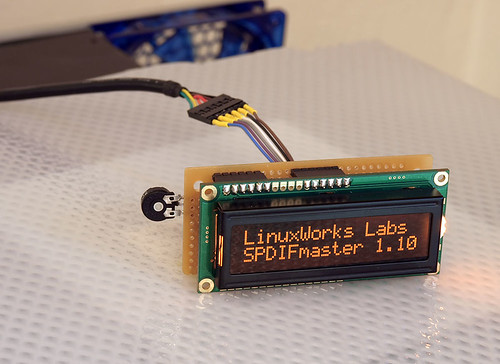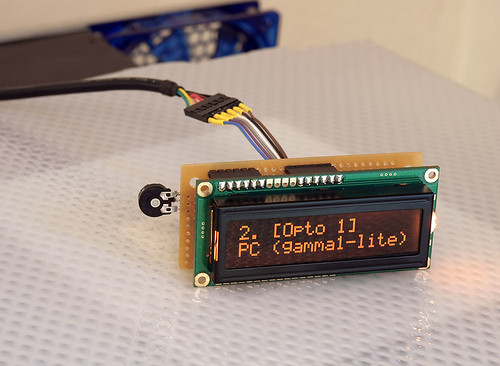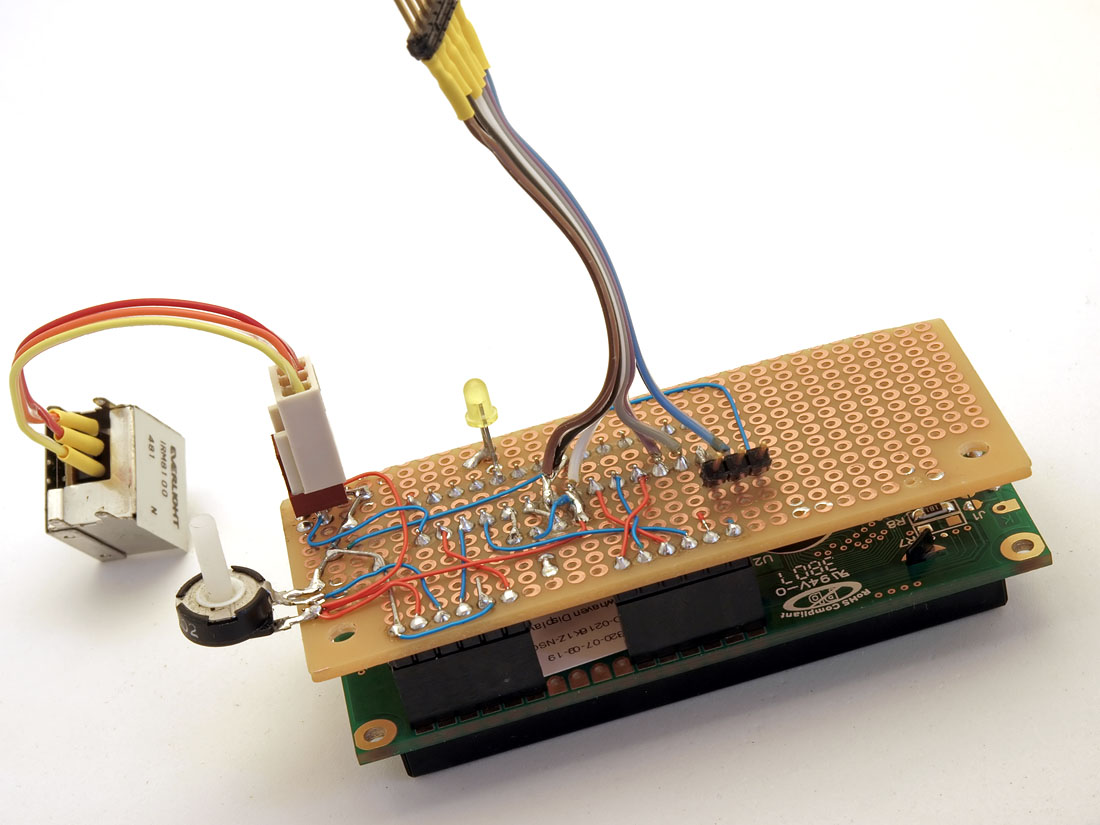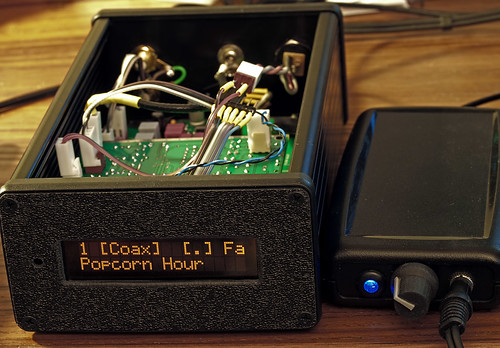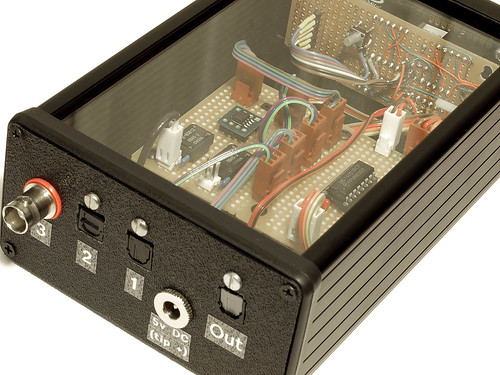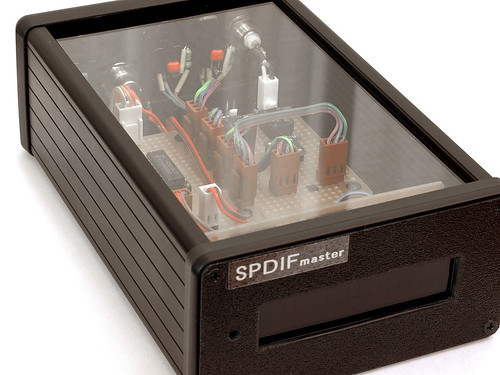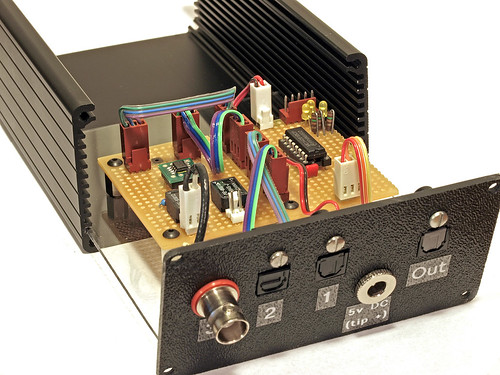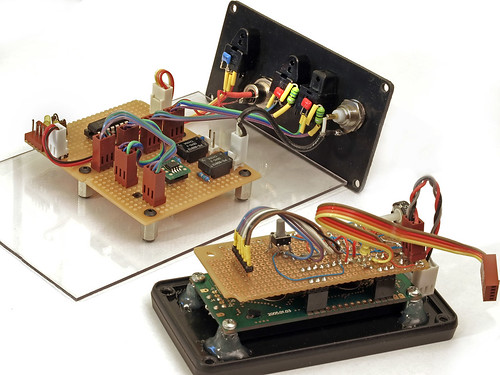linuxworks
Member of the Trade: Sercona Audio
- Joined
- Oct 10, 2008
- Posts
- 3,456
- Likes
- 70
Quote:
here's the 'processor' I'll be using:
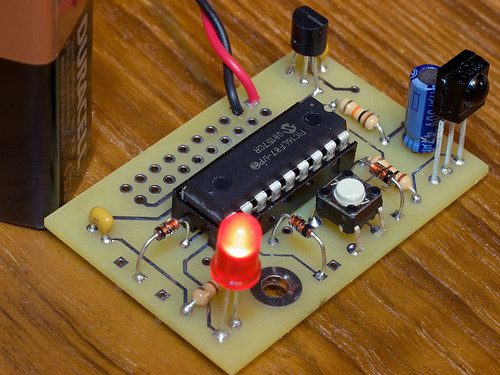
link:
TinyIR2 Learning IR remote control receiver
its a black box - no source code, of course ;(
it gives me active-high outputs and I 'take it from there'.
that's life in the integration business - you often don't have access to other internals and HAVE to view things as 'velcro integration' so to speak

| Originally Posted by cetoole /img/forum/go_quote.gif I guess that was basically my point, its a great receiver, but Wolfson, in their infinite wisdom, decided to make it reliant on a uP if you want to use more than one input. I know you are a software guy, and figured you would already have some kind of processor in here for use with the remote, so put two and two together to get five. |
here's the 'processor' I'll be using:

link:
TinyIR2 Learning IR remote control receiver
its a black box - no source code, of course ;(
it gives me active-high outputs and I 'take it from there'.
that's life in the integration business - you often don't have access to other internals and HAVE to view things as 'velcro integration' so to speak

